Did you know that the latest smart home security systems are now capable of predicting and preventing break-ins before they happen? That's right; these systems aren't just monitoring—they're a step ahead! But wait, there's more.
With the rise in home burglaries and the ever-increasing value we place on personal privacy, ensuring your home’s security is more pressing than ever. Keep reading to uncover the game-changing features that make these systems essential in 2025.
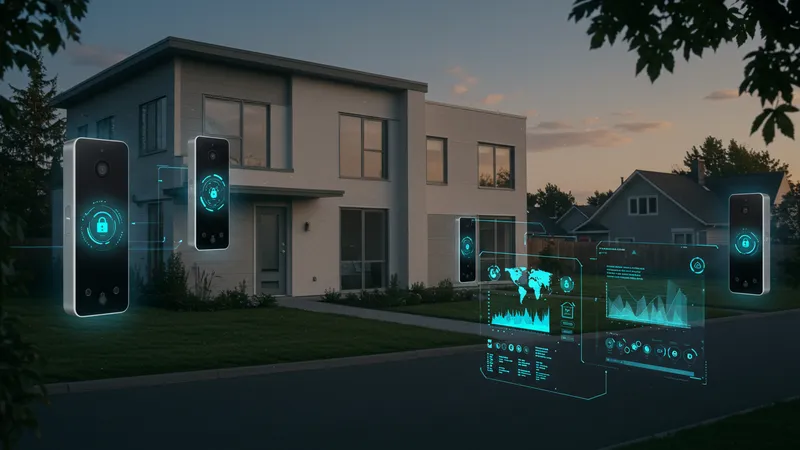
Picture this: a home security system that not only deters intruders but also anticipates potential threats using advanced AI algorithms. These systems are training themselves day by day, learning about your household's patterns to better protect your home. This isn't sci-fi; it's modern technology at its finest. And here's the kicker—these systems could soon become a necessity, not just a luxury. But that’s not even the wildest part…
Think about your average security camera—now imagine it doubling as a personal assistant! Cutting-edge systems are integrating voice-controlled features that allow you to monitor your home with a simple spoken command. Security experts are convinced that these systems will redefine safety protocols as we know them. What if I told you this is just the tip of the iceberg? What happens next shocked even the experts…
Artificial Intelligence isn't just for self-driving cars or virtual assistants anymore; it's making a significant impact in home security. Modern systems use AI to learn and adapt to your schedule, distinguishing between usual and unusual activity. The prediction accuracy is so refined that they can alert you the moment something suspicious occurs, preempting risks like never before. What this means for homeowners is not just peace of mind but an entirely new realm of safety. Yet, how these systems use AI doesn't stop with routine learning.
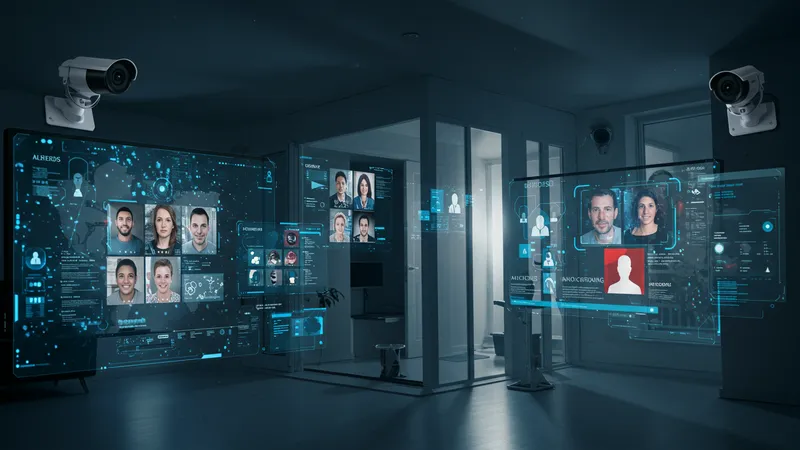
These systems come equipped with facial recognition features that once seemed the stuff of spy movies. They identify familiar faces and raise alarms if they spot unknown individuals lingering near your home. Such advancements radically elevate the security bar. Imagine a world where your home is a sentinel, meticulously filtering through possible dangers without a single false alarm. But there’s one more twist in this AI tale…
Surprisingly, interconnected smart devices form a security mesh that collaborates to enhance protection. Your smart doorbell talks to your security camera, which in turn communicates with your lighting system, crafting a cohesive safety network. This synergy optimizes energy use while ensuring the highest level of vigilance. You thought that was thrilling enough? Well, read on, because the real marvel lies in the automated responses these systems are programmed for.
What's more captivating is how customizable these systems have become. They offer extensive personalization features, allowing users to tailor security protocols according to different family dynamics or lifestyle needs. For instance, you can program certain systems to engage lockdown mode based on your phone's GPS, automatically heightening security as you leave the premises. What you read next might change how you see this forever.
As digital vulnerabilities become a topic of growing concern, encryption technology has become an asset for smart home security systems. These systems boast unbreakable encryption features to ensure that even the most sophisticated cyber attackers find it impossible to breach your home network. Encryption used here is akin to that used in safeguarding military data, ensuring hacking is a bane of the past. Now, imagine living without the fear of anyone intercepting your private moments.
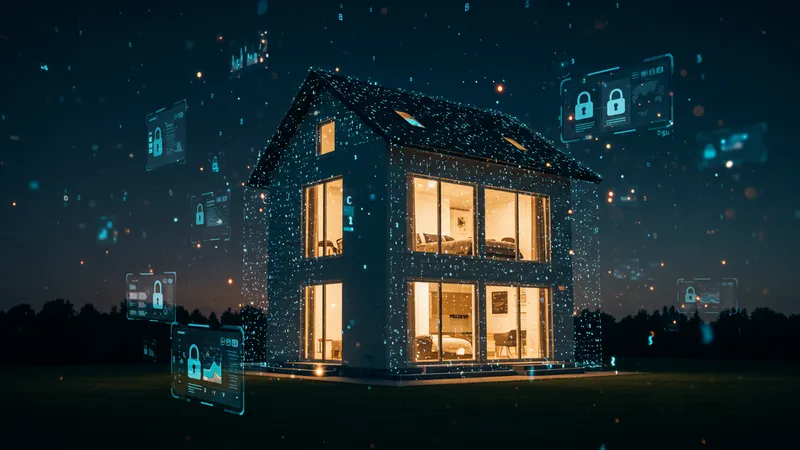
Privacy in connected home systems isn’t just about secure lines but also about data handling. Companies are being held to higher standards, ensuring that user data is not only securely encrypted but minimally collected and responsibly stored. This evolution pivots smart security companies to prioritize transparency and consent in their user agreements. Curiously though, users remain the power holders in managing data transmission, with the ability to toggle devices’ data-sharing capabilities. But, there’s still more that provokes curiosity.
An innovative trend is the development of decentralized security protocols, allowing homes to operate on systems unreliant on centralized networks. This decentralization offers bulletproof protection against potential network outages or targeted cyber attacks, ensuring that your home remains a fortress even if broader systems face disruptions. Now, does this spell the end for centralized home security systems?
With all this data hovering, concerns about surveillance and intrusion escalate. Smart systems answer these with protocols assuring complete user autonomy in controlling what data they share and with whom. Homeowners can limit and specify which aspects of their security network interact externally, thereby retaining sovereignty over their private sanctuaries. What you discover about their impact on lifestyle next is even more astonishing.
Today’s smart home security systems employ the Internet of Things (IoT) to transcend mere protection. By connecting everyday devices into a unified network, IoT frameworks offer holistic improvements in household efficiency. Imagine your refrigerator suggesting shopping lists or your thermostat predicting climate adjustments all while your security gathers data to enhance safety. It’s not just security; it’s seamless living.
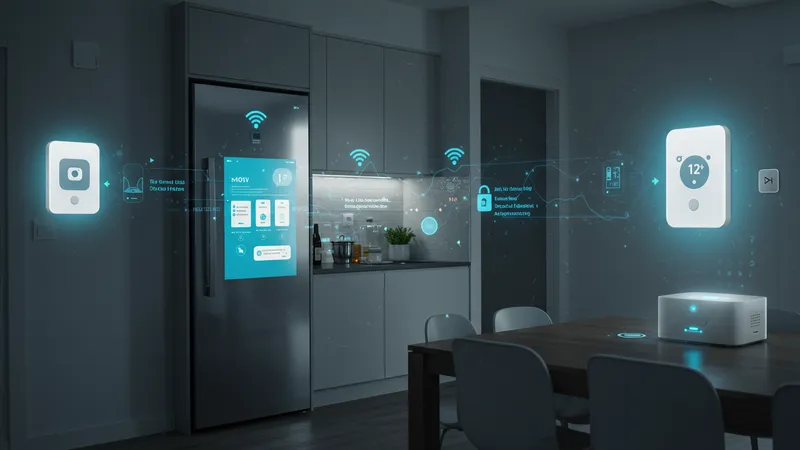
Through IoT, homes become ecosystems where devices communicate, adapt, and respond collaboratively to safeguard and optimize your habitat. For instance, if the network detects you left your stove on, it will alert you instantly and even shut it off remotely. It's almost like a partner quietly ensuring everything runs smoothly while you focus on what truly matters.
A remarkable feature that’s gaining traction is predictive maintenance facilitated by IoT. Devices can now anticipate failures and notify owners before issues become significant, thereby reducing repair costs and prolonging device lifespans. So, we're not just talking about security—this translates into substantial savings and uninterrupted comfort.
But wait—there’s an even more compelling twist. Integrating IoT in homes has birth a new genre of lifestyle apps, which render daily routines into interactive, data-driven experiences. Picture setting mood lighting that perfectly complements your favorite playlist as soon as you arrive home. But the ecosystem’s potential doesn't stop there; what’s on the horizon might redefine how homes themselves are built and function.
While the perks of smart security systems are enticing, it's vital to address the unintended implications of living in an ultra-connected home. One area of concern is the psychological impact of constant surveillance. How does ubiquitous monitoring affect the sense of privacy—or does it simply redefine it altogether? This dichotomy leaves space for a societal debate that is far from resolved.
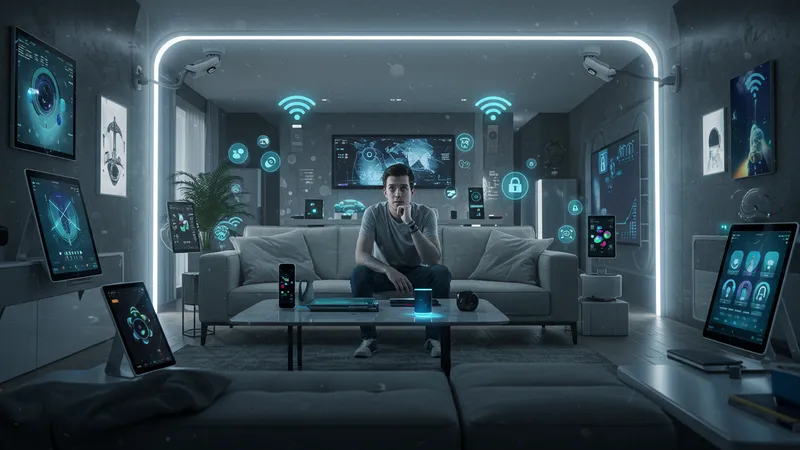
Then, there’s the question of dependency on smart systems. As homes become more intelligent, there's a risk of over-reliance, weakening basic human skills like memory, navigation, and security vigilance. Are we on the cusp of a revolution, or are we unwittingly crafting our digital cages? This technological paradox challenges the very essence of convenience.
Moreover, the learning curve remains a barrier for many users, especially those unfamiliar with tech nuances. Initial resistance to tech adoption could polarize households, leaving the tech-savvy and the tech-averse in conflict over control and comfort. Despite its promise, tech literacy must rise universally for smart systems to truly unite human habitats.
But here's a revelation that turns the table once more: some of these innovations tend to outpace their creators’ control. Autonomous actions by interconnected devices sometimes lead to unexpected outcomes, echoing a narrative where the technology we make evolves beyond expected bounds. It’s a scenario that demands caution but also beckons relentless curiosity to discover what lies next.
On the surface, investing in smart security systems might seem a substantial financial undertaking. The upfront installation and equipment costs can be daunting. Systems like ADT or Vivint tag a premium, but the real question lies in the financial trade-offs hidden beneath the surface.
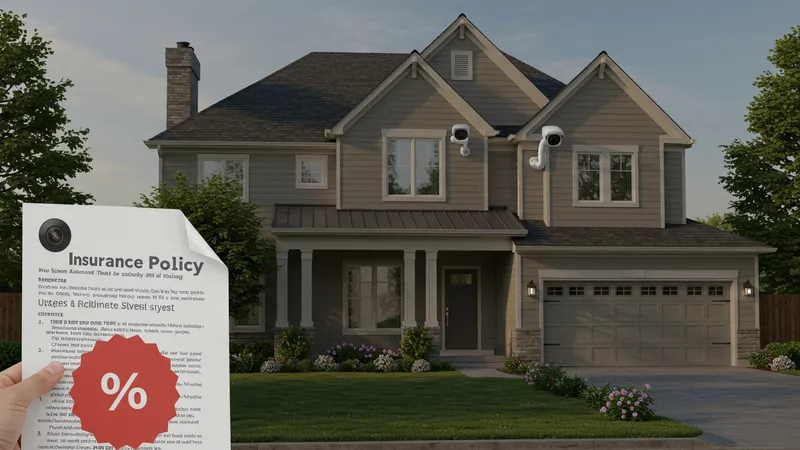
Surprisingly, these initial costs can be offset by the long-term savings these systems promise. Reduction in insurance premiums is a notable benefit, as many insurance companies tend to lower rates for homes equipped with these advanced security measures. It’s a financial win-win that savvy homeowners have quickly capitalized on.
Additionally, these systems can enhance property values, making them an attractive proposition for prospective buyers looking for homes that come with an integrated security edge. So, what initially appears as a high outlay could eventually translate into significant return on investment. The multimillion-dollar question remains—are these returns guaranteed?
There’s no one-size-fits-all answer, but understanding how smart systems can mitigate risks and financial burdens is critical. They provide not just protection but ensure you’re economically safeguarded too. As technology continues to advance, the economic prudence of investing in such systems is bound to increase. Bear this in mind as the story unfolds further.
What if your home's security system could also contribute to saving the planet? That's right; the ecological angle is an overlooked advantage of adopting smart systems. Energy optimization features found within these protectors can significantly reduce energy consumption, resulting in a greener footprint.
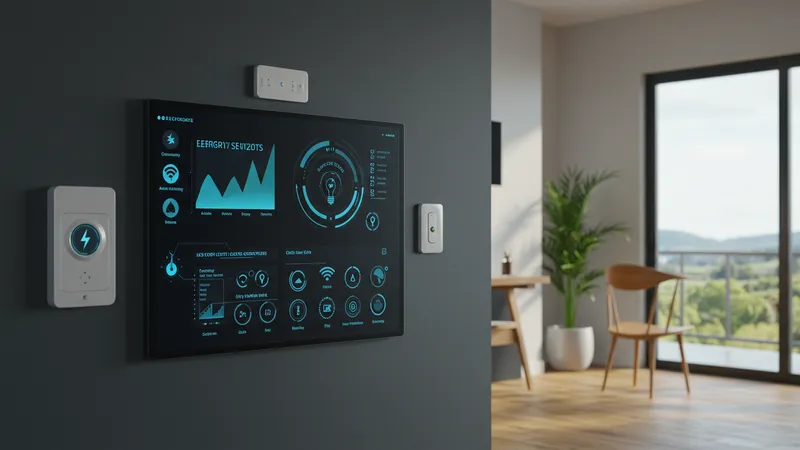
Smart systems can automate energy use based on your activity patterns, switching off unnecessary lights or reducing heating when it's not needed and seamlessly turn them back on when you arrive. This not only slashes your electricity bills but plays a part in conserving energy resources, a global necessity.
Moreover, the integration of smart plugs and intelligent energy meters allows for real-time tracking of energy use, enabling users to make informed decisions about their consumption habits. It ensures a more sustainable way of living, directly feeding into broader environmental goals—merging security with sustainability.
Yet, the real surprise comes with how incentive programs from energy providers reward households that significantly reduce usage thanks to smart tech. These incentives can bolster the financial feasibility of investing in these systems further. Indeed, the full environmental potential of smart home security systems is still unraveling, largely hinting at a future where homes aren't just secure but sustainable fortresses.
The modular nature of smart home security systems provides an unprecedented level of personalization. Want a security camera that doubles up as a pet monitor or integrates with your favorite virtual assistant? These systems make it possible to build perfectly tailored solutions for unique living situations.
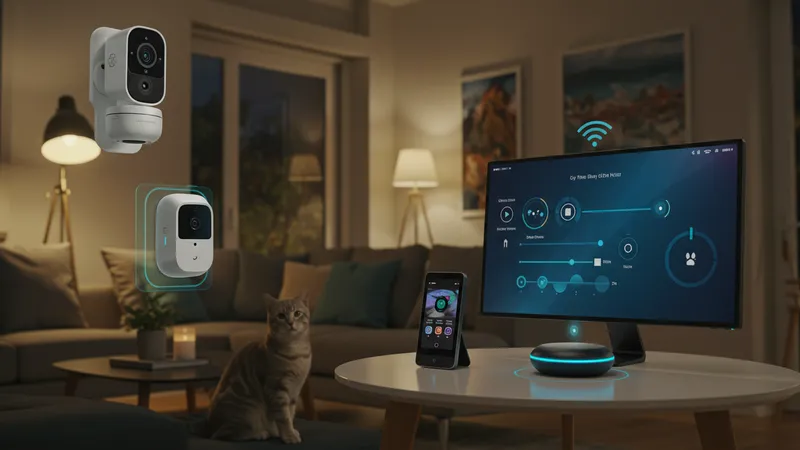
Custom solutions aren’t limited to hardware; software features can also be personalized to the nth degree. Crafting unique privacy settings for different family members ensures tailored experiences without compromising collective security. Custom routines triggered by voice commands add an extra layer of user-centric design.
The diversity of smart system components offers flexibility previously unimaginable. It allows users to scale their systems according to changing needs—be it incorporating outdoor motion sensors to outsmart burglars or adjusting indoor monitoring for elderly care. It’s an adaptive approach that resonates with the dynamic nature of modern family life.
Users aren’t just purchasing security—it's closer to signing up for a holistic home ecosystem custom-built around their lifestyle. This fluidity and adaptability underscore the transformative potential of these systems. What might come next sharpens focus on how everyday living is set to evolve with every incremental upgrade.
While smart security systems promise a new realm of intelligence in safeguarding homes, real-life experiences sometimes reveal gaps. Counterintuitively, some systems struggle in scenarios they are advertised to excel in, due in part to technical limitations like connectivity issues or incompatible third-party devices.
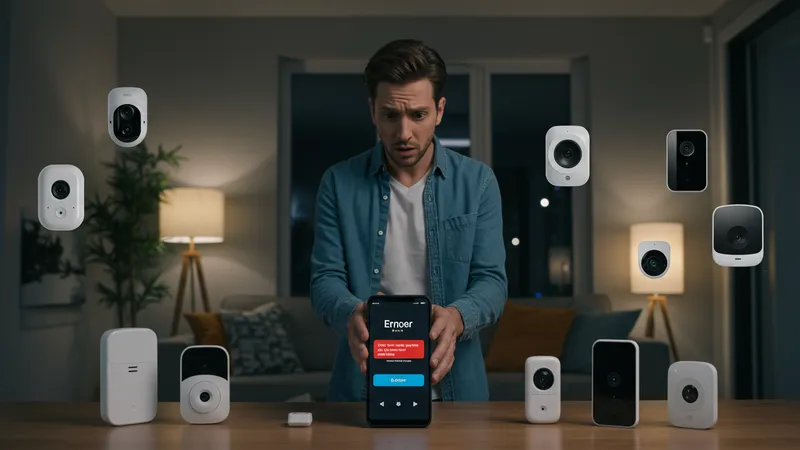
An eye-opener for some owners is the discrepancy between innovation on paper and practice. With expectations set so high, users sometimes experience more extensive setup and troubleshooting times than anticipated. This isn’t entirely unexpected, but it forms an important consideration for future buyers.
Furthermore, user-dependent features can sometimes be a double-edged sword. As systems grow smarter and more sophisticated, they might require more input and oversight initially, until fully automated routines are established. The paradox here underscores the difference between marketed ideas and tangible experiences.
Moreover, the cautionary tale continues with the realization that features designed to make life easier can sometimes unintentionally complicate daily routines, embroiling users in a complex web of digital process management. Still, there’s an insightful lesson embedded in these contradictions—a need for balanced adoption, matched with realistic expectations will ensure systems fulfill their protective promise.
Looking beyond the immediate advancements, next-gen systems are poised to incorporate technologies such as blockchain for safer, decentralized identity management and quantum computing for unprecedented processing speeds. Such integration alludes to an era where homes possess the intelligence to preempt security needs.
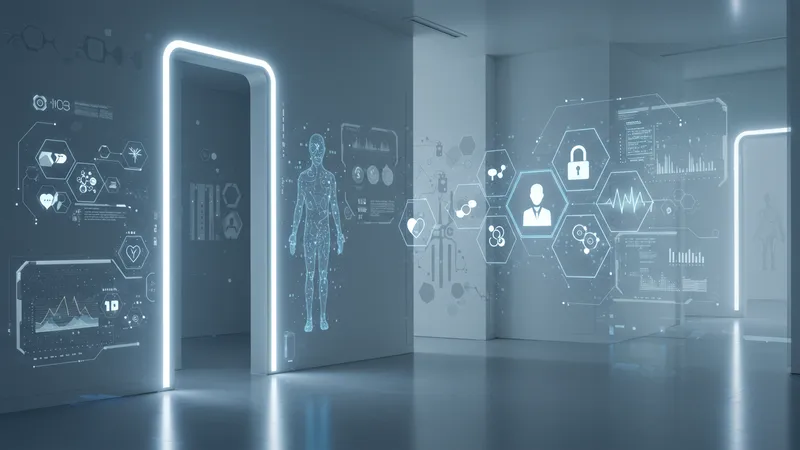
So, what might a 2030 smart home look like? Imagine walls equipped with sensors for health monitoring, not only protecting against intrusion but detecting health anomalies in inhabitants, prompting medical alerts if needed. This is where smart home security potentially dovetails into health and wellbeing services.
Moreover, these systems could eventually evolve to facilitate augmented reality (AR) surveillance modes, presenting real-time visuals and data overlays for users to interact with security aspects in novel ways. Homes may soon not just be protected spaces but become engaged, active interfaces.
But perhaps the boldest vision is how these technologies might redefine community and urban planning, contributing to safer neighborhoods through interconnected systems that share anonymized security indices without jeopardizing privacy. But can it all be achieved seamlessly, fulfilling safety promises while ensuring a flawless, integrated living experience? Only time holds that answer.
Despite their appeal, smart home security systems face significant barriers to mainstream adoption. Cost remains a primary obstacle; though arguably cost-effective long-term, the initial financial commitment deters many potential consumers. Solving this could involve innovative lease or subsidized plans.
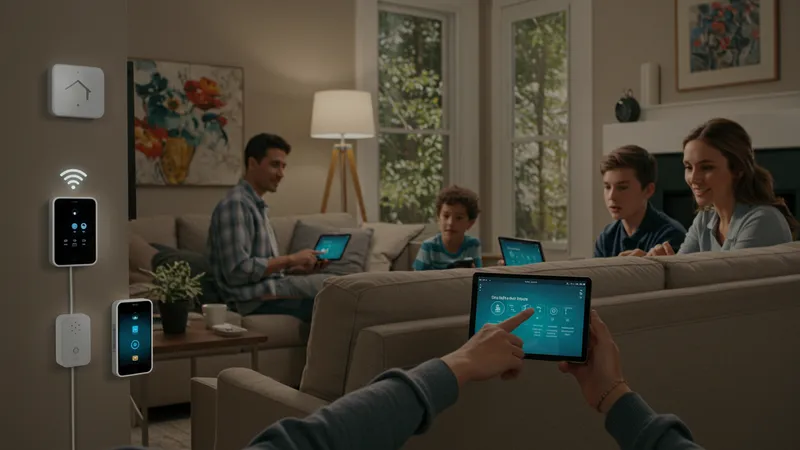
Technical accessibility is another factor. For these systems to reach their full potential, they must simplify user interfaces and installation processes to attract a more diverse audience. Broad inclusion ensures not just market viability but pervasive integration across different community demographics.
A complex web of potential cyber threats also poses adoption hurdles. Companies are investing heavily in AI and cybersecurity defenses to offer reassurance to wary buyers. It’s a race against digital breaches that cannot afford to take the foot off the gas pedal if users are to have unwavering trust in these technologies.
Lastly, the march toward standardizing smart home communication protocols could turbocharge adoption. As interoperability challenges dissipate, the consumer confidence necessary for widespread acceptance will follow, paving the way for what promises to be a tectonic shift in how security systems are perceived and utilized globally.
Despite technological inroads made by modern systems, traditional aspects of security still wield relevance. Physical deterrents have a critical, sometimes psychologically reassuring role in protecting homes, where biometric and sensors add to layers of defense rather than replace them.
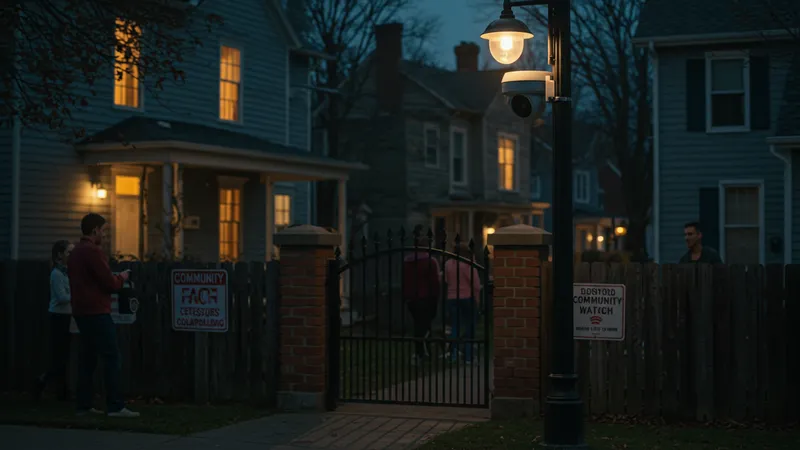
Moreover, the human element remains irreplaceable. Local community watch efforts and neighborhood collaborations still enhance situational awareness that technology alone cannot match. An integrated approach serves as the best safeguard, utilizing resources human and digital alike in perfect synergy.
There’s also an inherent charm in classic hardware, substitutions for gadgets that embrace simplicity. This nostalgia tinged with practicality ensures traditional security measures don’t fade into history. Instead, they partner with smart systems to offer a comprehensive, customizable protection setup.
The conversation persists as to whether tech convergence can strike the right balance or if pendular swings might align consumer instincts back toward basics. Either way, true security evolves not in standalone innovation but in integration—a blend of past trust and future promise.
Emerging as a double-edged sword, the cultural implications of ubiquitous home monitoring prompt questions about privacy and autonomy. With homes under constant surveillance, societal norms around privacy are in flux, challenging the threshold of what constitutes everyday openness versus intrusion?
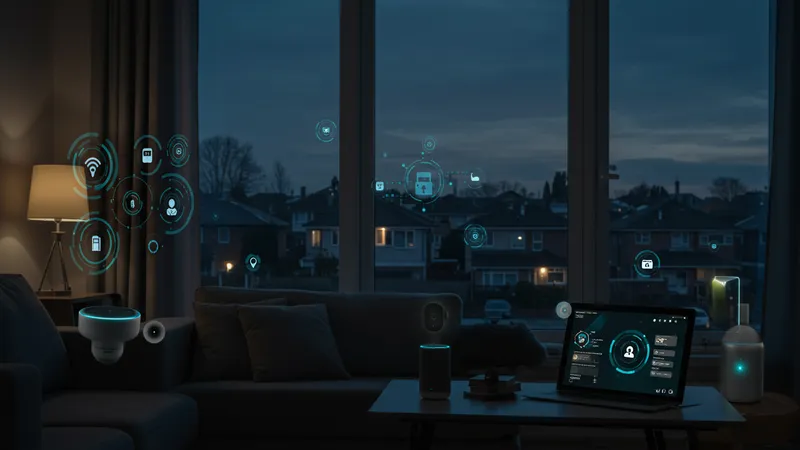
Paradoxically, acceptance also breeds complacency. As monitoring becomes the norm, desensitization towards oversight follows, eroding vigilance against wider societal control. We walk a thin line where norm becomes need, leading to regulatory interventions to stabilize the complex cultural ecosystem smart systems foster.
However, there’s an empowering side; informed choice remains paramount. Retaining control over how surveillance data is utilized enables homeowners to retain strategic soft-power in overseeing their security technology's use. Awareness mitigates risks, turning apprehension into informed acceptability.
With this evolving dynamic, the cultural conversation continues to grapple with best practices for embracing surveillance without eroding freedoms. Revisiting principles may help society navigate this complex landscape, balancing precaution with progress, autonomy with assurance.
The trajectory of smart home security systems remains upward as we adapt through cycles of innovation, refining these technologies to blend seamlessly into our lifestyles. We stand at the precipice of a home security renaissance promising unprecedented intelligence—if wielded wisely.
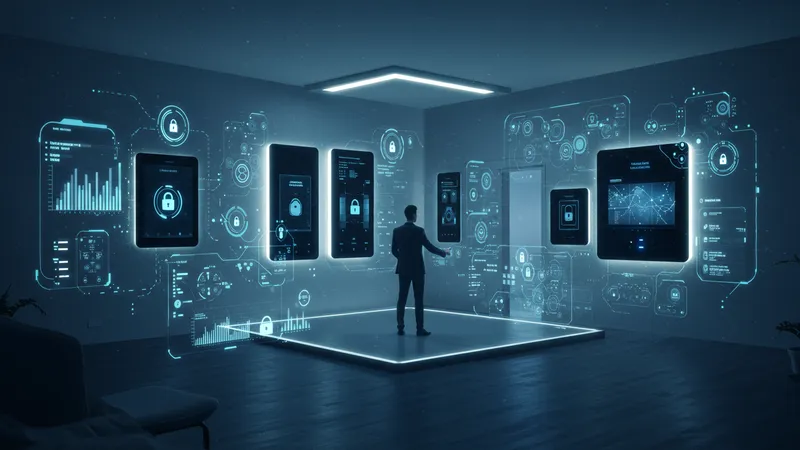
While technology strides onward, the human element harnessing its capabilities shines just as brightly. For all the intricate algorithms and sophisticated interfaces at play, the ultimate safeguard is intuition—a user's intrinsic understanding of their environment, complemented by technology, is what truly cultivates security.
The narrative is ongoing; every leap suggesting how tomorrow's solutions will integrate with age-old instincts to protect and predict. The possibilities present a world where innovation becomes intuitive, ensuring homes of tomorrow resonate with prosperity, safety, and harmony.
Share this article with friends and family to highlight these surprising revelations in the charming collision of smart technology and daily life. Bookmark it too, for as these systems evolve, updates promise a thrilling, ongoing journey into the smart, safe home of the future.